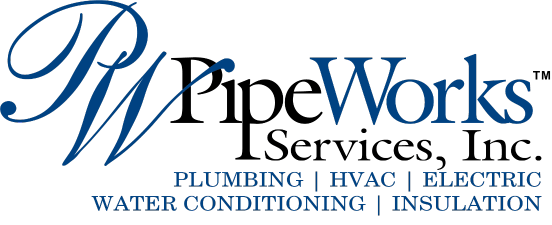When it comes to the elemental wonders of the world, it’s not too often that good things come out of situations where hot and cold collide. When Old Man Winter shows his snowy beard around this time of year, you’ll be inclined to crank up the heat in your home to combat the cold conditions outside.
This is a natural reaction that makes perfect sense and shouldn’t cause any harm to your home—unless you’ve created conditions that could give rise to ice dams on your roof.
Where Do Ice Dams Come From?
While your (hopefully) well-insulated attic keeps the air beneath your roof warm, the eaves of your home are not so lucky. As the snow melts from the warmer portions of the roof, it heads to the cold eaves where the liquid begins to freeze. As the ice accumulates, it forms a dam that acts as a barrier for the rest of the water flowing off the roof.
What Damage Do Ice Dams Cause?
Since the blocked water has nowhere to go, the dam causes a backup for the melt-off. Seeking the path of least resistance, the water will begin to find other passages for relief since it can’t get past the ice dam. This means your roof’s shingles will likely serve as an optimal exit route. As the water seeps through the shingles, it finds its way into your home in the form of leaks that can lead to mold, mildew, and other huge issues.
How Do You Prevent Ice Dams?
Proactive is always better than reactive. Catching these problems before they start can prevent costly repairs in the future.
- Add Insulation. Trapping the heat inside your home helps prevent your roof from getting warmer than the eaves.
- Seal Off Leaks. Sealing around electrical cables, vent pipes, and other areas can allow air to leak into and out of the house. Gaps between ducts, chimneys, and other common culprits should be sealed tightly, too.
Visit: https://www.youtube.com/watch?v=EwnMifJL2Tg for a great video explaining ice dams even further.




